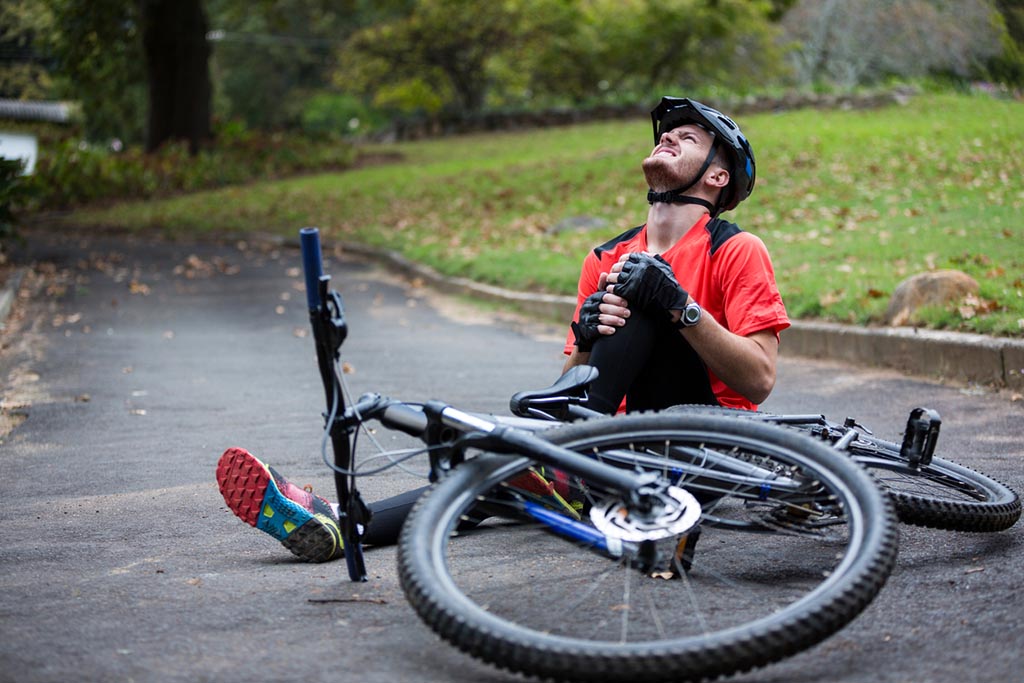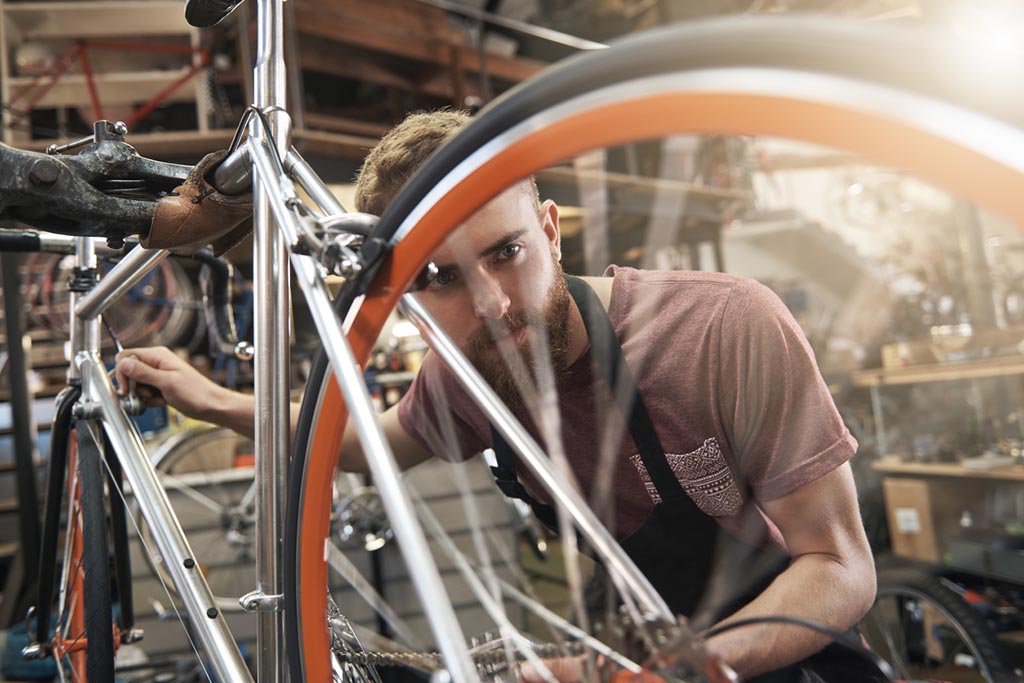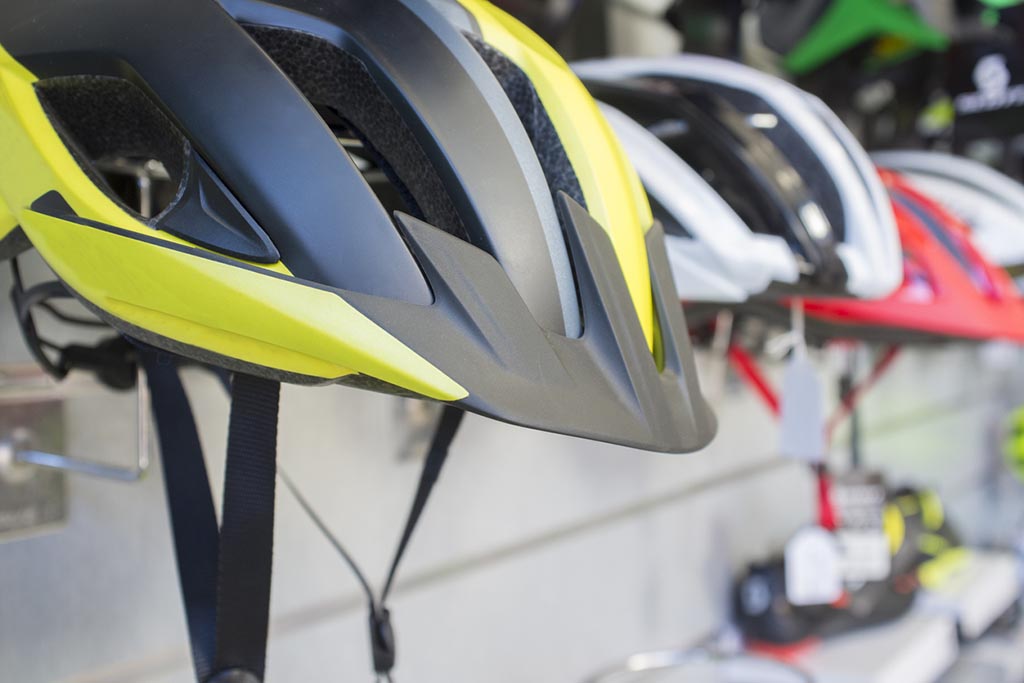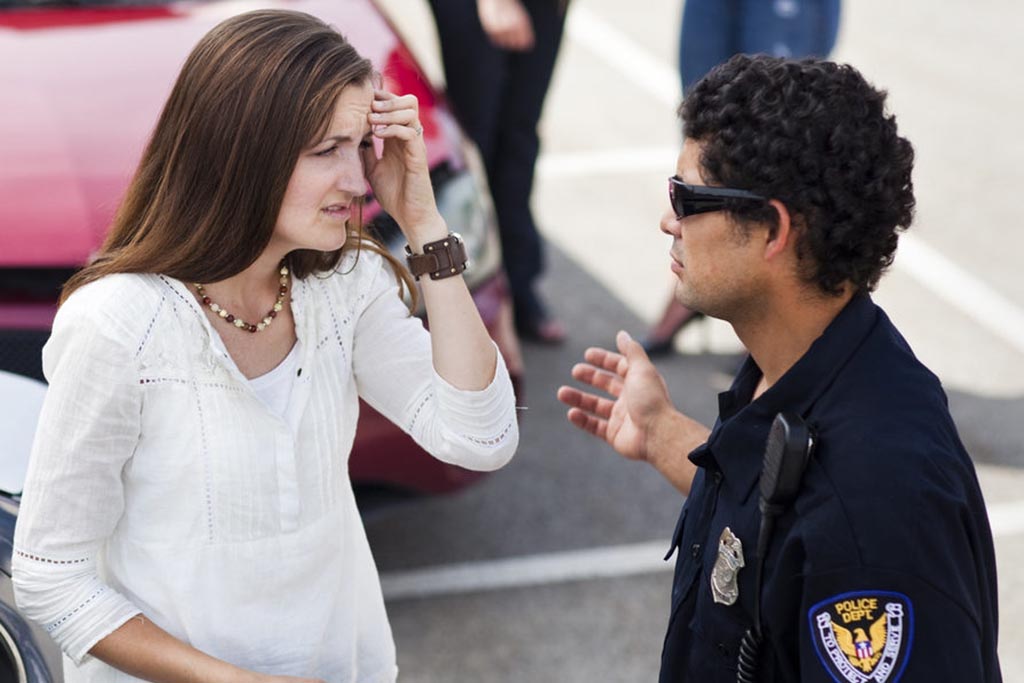Even if you are just a casual road cyclist, everyone has one of those stories about how they almost go completely wrecked by a car. We like to call them “near-miss” accidents because they almost happened but didn’t. However, if you only know a limited number of cyclists, then you don’t know how common near-misses are. However, a new study out of the UK shows just how much danger cyclists are in.
The study, run by a group aptly called the Near Miss Project, was lead by Dr. Rachel Aldred of Westminster University. Here colleagues rounded up 1,532 participants and asked them to keep a diary of their cycling on a preselected date. On average, the cyclists had three near-misses that day. This included being passed too closely, blocked by a vehicle, vehicles pulling out into a cyclist’s path, being driven at, and almost getting the dreaded right hook by turning vehicles.
Why is it so rampant? The study theorizes that the cause is relatively simple. Unlike cyclists, drivers perceive near-misses differently. Since they are protected by a thick shell of metal, they may not even realize the danger they are putting those who they share the road with in. When you don’t realize what you are doing is dangerous, it makes it pretty hard to learn a lesson from it, right?
If you are lucky, your cycling career will be filled with only a near-miss or two and never an actual accident. However, we are not all so lucky. If you have been in a cycling accident and need representation to cover your medical bills, contact us today.











